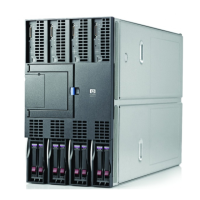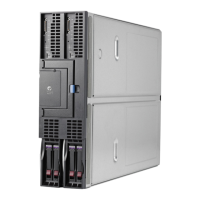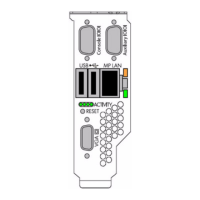TLB Destination MAC Address Method
Destination MAC Address is another load-balancing method that will attempt to preserve frame
ordering. This algorithm makes load-balancing decisions based on the destination MAC address
of the frame being transmitted by the teaming driver. The destination MAC address of the frame
is the MAC address that belongs to the next network device that will receive the frame. This next
network device could be the ultimate destination for the frame or it could be an intermediate
router used to get to the ultimate destination. The teaming driver utilizes the last three bits of
the destination MAC address and assigns the frame to a port for transmission.
Because MAC addresses are in hexadecimal format, it is necessary to convert them to binary
format. For example (refer to Table 4-11 and Table 4-12), a MAC address of 01-02-03-04-05-06
(hexadecimal) would be 0000 0001 – 0000 0010 – 0000 0011 – 0000 0100 – 0000 0101 – 0000 0110
in binary format. The teaming driver load balances based upon the last three bits (110) of the
least significant byte (0000 0110 = 06) of the MAC address. Utilizing these three bits, the teaming
driver will consecutively assign destination MAC addresses to each functional network port in
its team starting with 000 being assigned to network port 1, 001 being assigned to network port
2, and so on. Of course, how the MAC addresses are assigned depends on the number of network
ports in the TLB team and how many of those ports are in a functional state.
Table 4-11 Load balancing based on Destination MAC Address (two- and three-port teams)
Three-Port TeamTwo-Port Team
Transmitting PortDestination MACTransmitting PortDestination MAC
network port 1000network port 1000
network port 2001network port 2001
network port 3010network port 1010
64 The Mechanics of Teaming for the Advanced User

